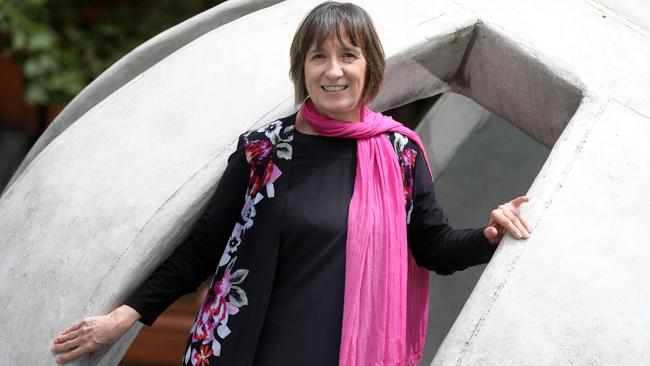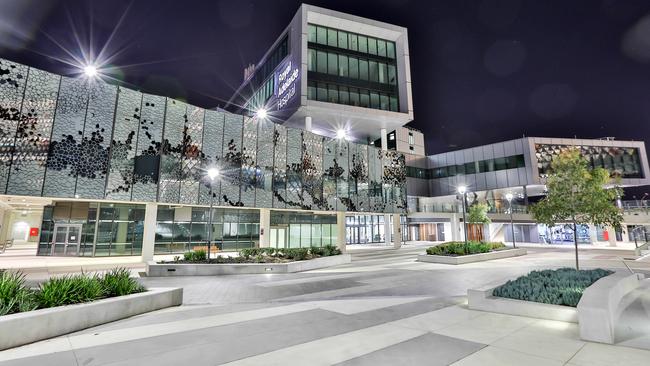Wellbeing SA chief Lyn Dean explains health reforms to stop system being overwhelmed
Wellbeing SA’s ambitious plan to rebalance the health system could save the need for a new hospital within five years, its chief says.

SA News
Don't miss out on the headlines from SA News. Followed categories will be added to My News.
- WCH bosses accused of gagging and threatening staff
- SA Health gears up for the looming rise in COVID-19 patients
- Hospitals will be overwhelmed without a major overhaul
The head of Wellbeing SA aims to boost preventative health and out-of-hospital care sufficiently within five years to save the equivalent of running another hospital.
Beginning with the release of the state’s Health and Wellbeing Strategy 2020-2025 today, Lyn Dean is working on a fundamental change in the health system.
The focus will switch from treating sick people in hospitals to keeping people healthy, and offering alternatives if they do fall sick such as “hospital at home” care.
In January, Wellbeing SA became a stand-alone agency within the Health Department to oversee health and prevention services and reduce the burden of preventable disease.
Ms Dean outlined her plans to The Advertiser, which come against a backdrop of forecasts that emergency department presentations and hospital admissions will soar by 24 per cent and 15 per cent, respectively, by 2029 unless action is taken.

The new aim is to cut hospital occupancy rates, which are typically above 95 per cent, to 90 per cent or below, which would reduce pressure for the Government to invest in more hospital beds.
Four pilot home care programs were trialled last year, treating 1578 patients. Wellbeing SA is working towards a hugely escalated statewide My Home Hospital plan, which Ms Dean said was likely to be a blend of the four pilots.
“We expect to have it up and going this year,” she said.
“This is the platform we are working towards to support people in the community rather than coming to hospital all the time.”
Community organisations will provide the care, effectively shifting patients from public hospitals to private homes through providers such as the not-for-profit Royal District Nursing Service.
Another aim is to identify chronically ill people and, in partnership with GPs, work to keep them well at home rather than deteriorating to a point they head to hospital.
There are also projects being tested to offer alternatives to hospital emergency departments.
These include the four new GP-led priority care centres, where people can be taken by ambulance for treatment for non-urgent complaints, freeing up clogged EDs and cutting waiting times for people with low-priority conditions.
Ms Dean said almost 1900 patients had been to the centres since they were established in August.
She wanted to see a lot more non-urgent cases being treated in such places rather than arriving at EDs.
Wellbeing SA is also supporting work to discharge long- stay hospital patients to more appropriate accommodation. More than 170 patients who had stayed in hospital for a combined 20,568 days have been discharged since the project started last year.
“When you scale these strategies up to a significant amount, some of our early assessments is that it is, in effect, equivalent to another hospital,” Ms Dean said.
“So, over three to five years, if we can get these working at scale, you wouldn’t necessarily need another new hospital.”
Opposition health spokesman Chris Picton said the aim to reduce hospital occupancy rates was code for closing beds.
Labor has warned of looming cuts to doctor and nurse numbers, as a widespread round of voluntary redundancies is underway at major hospitals.
Wellbeing SA plans to partner with agencies ranging from the SA Ambulance Service and GPs, to local councils and other government departments and agencies, plus non-government organisations.

